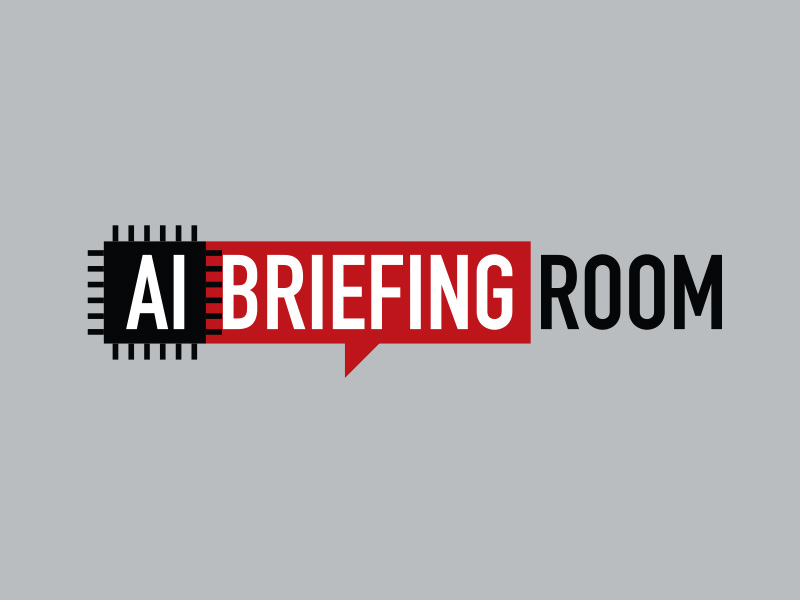Digital Twin technology is a combination of multiple technologies such as machine-to-machine connection (M2M), machine learning, artificial intelligence (AI), sensor telemetry, and predictive analytics which helps in optimizing systems and processes, examining products, and monitoring the performance and condition of machines. It is widely adopted due to its multiple benefits such as reduce product defects, reduction in production cost, real-time monitoring, shorten time to the market and extend the life of equipment and assets. However, the high initial cost of implementation includes high investment in IoT infrastructure is the major hampering factor for the growth of the global digital twin market.

